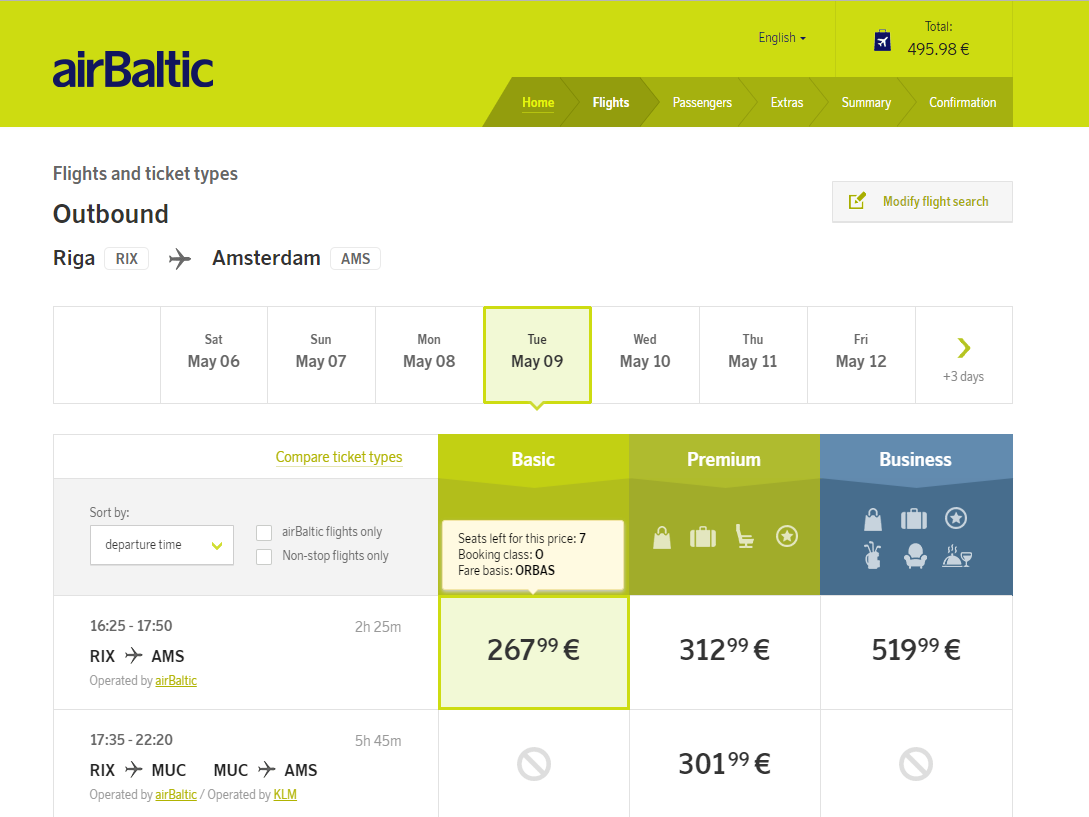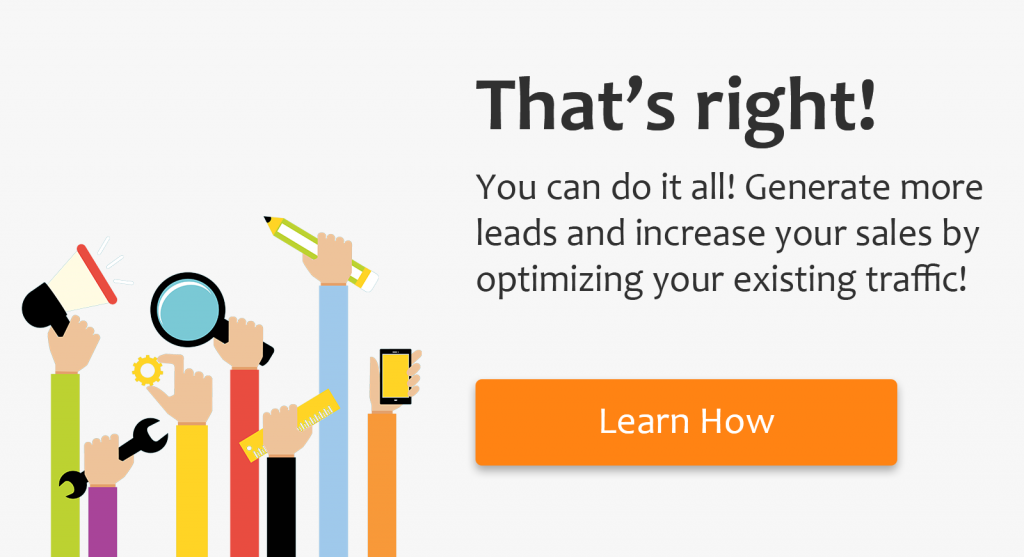It’s not a secret that good marketers and sales representatives have to master the art of human behavior and psychology in order to reach desired conversion results easier. And even though presenting the offer in the most appealing way for the customer requires extra effort, it can be achieved using basic psychological principles.
1. Leave positive first impression
First impression matters and more importantly, it lasts. How you approach your prospect for the first time has a great impact on what he is going to associate your product and service with.
Whether it is an email you are sending or a phone call, make sure your customer feels comfortable speaking to you. Rather than laying down the facts, don’t forget to ask questions. You want to spark a conversation instead of giving a monolog. Most importantly, be attentive.
2. Gain trust
Introducing your product to the customer or negotiating with him is not always easy. Especially if your company is not the industry giant everyone wants to work with.
However, there is a way you can gain the trust of your prospect and that is mimicry. Studies have proven that by mirroring the gestures and language of your prospect you have a bigger chance of winning him over. The reason why mimicry works is simple: it builds trust. According to researchers, the person who is being mimicked subconsciously grows to trust the imitator without even noticing his behavior has been copied.
The great thing is that mimicry is something we all do without failure since childhood, let it be language or manners. And when it comes to business, just by being a more attentive listener you should be able to easily mirror the language and gestures of your interlocutor.
3. Motivate
The principle of scarcity is simple and well known to marketing specialists: customers are more motivated to buy when they know they might miss out on something extra special. That’s why marketers try to make the most of this principle by using all kinds of tactics to suggest that products (or low prices) might soon be gone due to its exclusivity or popularity.
They set a clear timeframe for the sale, highlight the number of exclusive seats available or sell a limited number of items.
Sometimes all it takes is to give your prospect a friendly nudge and he will do the rest.
4. Help to overcome fears
Have you ever found yourself interested in a product or a service but unable to decide whether or not you should take the plunge and get it? Well, you are not the only one.
The state of over-analyzing a situation and not being able to make a decision is called action paralysis. It usually is fueled by too many available options that are presented in great detail. When there is so much information at hand, individual fears of making a decision which could lead to unpleasant results. And so he spends most of his time looking for the best solution instead of purchasing a good or service. As you can probably guess it does no good for your conversion rates.
One of the easiest ways to help your customers break through action paralysis is by simplifying the processes that require their involvement. Make your applications shorter, cut unnecessary steps at the checkout and always highlight the simplicity of the deal. Next time you are speaking with a client or preparing marketing material, mention here’s a free trial subscription with no obligation to buy. Or make sure prospect knows that all first-time customers are eligible for free shipping on their first purchase.
Netflix does a great job helping their prospects to overcome their fears. “No commitment. Cancel anytime.”
5. Clarify what you have to offer
Remember how some physics theories in high school were explained in textbooks made little to no sense? But once the teacher explained the same theory using real-life examples it all became clear? Well, some of your prospects might be facing the same problem when they first discover your product or service.
Next time you are preparing marketing materials and sales pitches make sure they are easy to follow. Include more personal pronouns, testimonials or even stories. This will help your prospect understand better what you have to offer.
6. Match attitudes
Most people are followers. They are more keen on choosing a product or service that is liked by others first. And it doesn’t matter they follow others out of fear to stand out or make a wrong decision.
That’s why you should identify products you want customers to buy most as being “Best Selling”, “Most Popular” or “Recommended”. But be reasonable about it, you want your customer to be happy with his purchase.
Like most online service providers, Bluehost offers several different plans of their solutions for their prospects. To make prospects more comfortable with their decisions, Bluehost recommends a plan that fits the needs of the most customers.
7. Prove the success
When you think about it, you are more likely to shop from a website that you trust the website you have never had business with before. Unless a friend of yours mentions what a great experience he’s had with a brand or a certain product or service.
Humans are social. Therefore, your prospects are likely to be interested in knowing how other people are benefiting from your product or service before they decided to make a commitment themselves. This means that you need to share positive feedback from your previous or existing clients. Simply start a sentence with a prospect mentioning: “Here’s what our other clients have done…”.
Another way to prove your product or service is worth money and time of your prospect is to gather testimonials or product reviews.
Pipedrive includes their product testimonials on their landing page. That way everyone who stops by could see what existing Pipedrive clients think of the service.
Believe it or not, short and well on point testimonial can have a tremendous impact on conversion rates as it reassures uncertain prospect to take an action.
Once you master the basic sales psychology and human behavior principles, you will have a better chance to convince people to go along with your idea of product or service.





